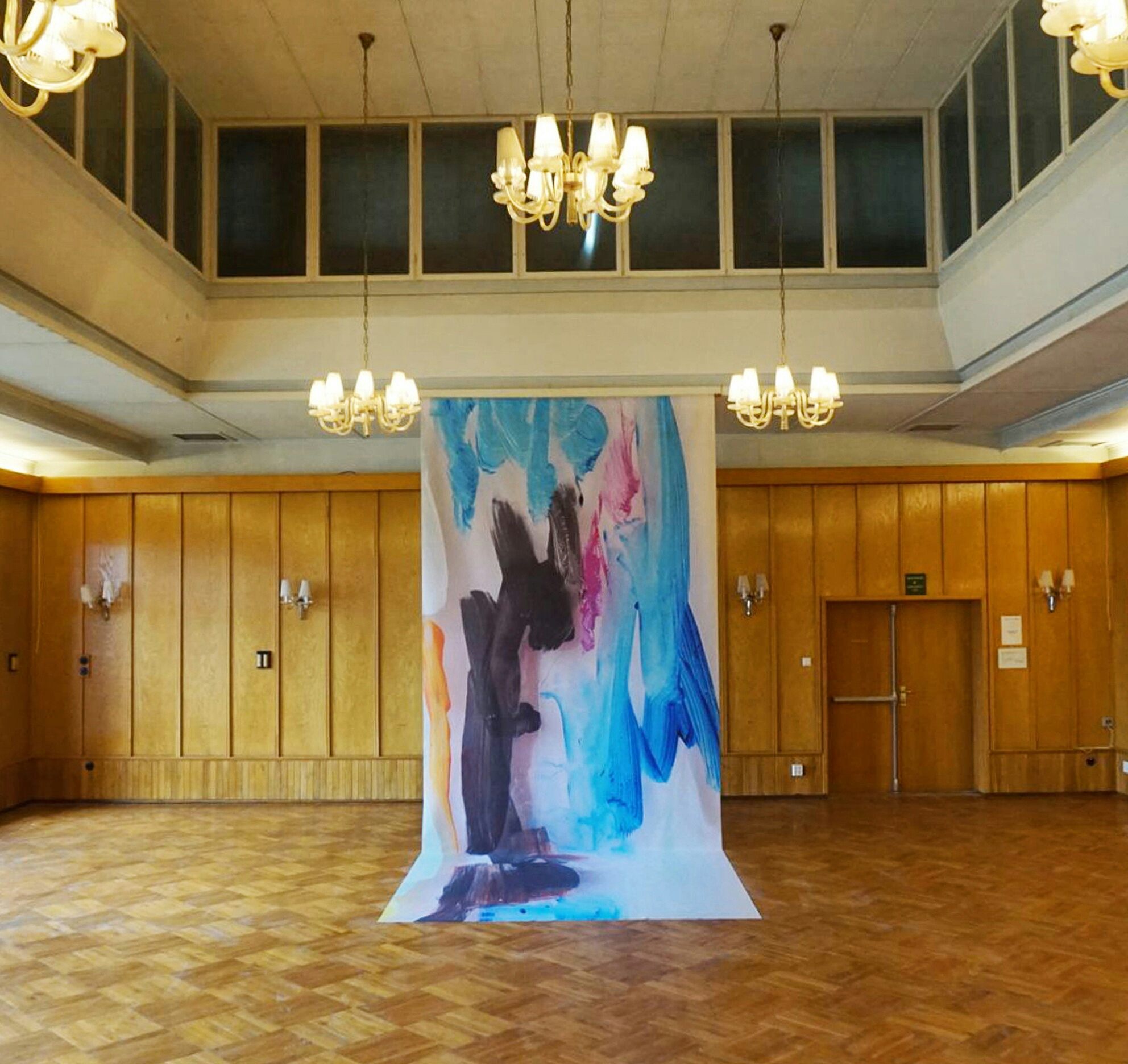Heather Jones: You’re originally from Sola, just outside of Stavanger. Can you tell us a little bit about your background and education? What led you to visual art?
Ingrid Toogood: I think that the biggest reason that I am an artist today is the home I grew up in in Sola. From an early age my parents took me to both art exhibitions and performance festivals, and the house was at times like one big workshop, I dyed fabric, sewed clothes, painted, photographed and processed pictures in a homemade darkroom in the basement. I see that much of this diversity in media also lingers in my practice today. I was educated at Kunsthøyskolen in Oslo. The first year I studied in the department of apparel and costumes, and subsequently changed over to the painting department. The years I spent there were characterized by a strong resistance to painting and the crafts-based work, so it’s probably due to that circumstance that painting is extra important for me today.
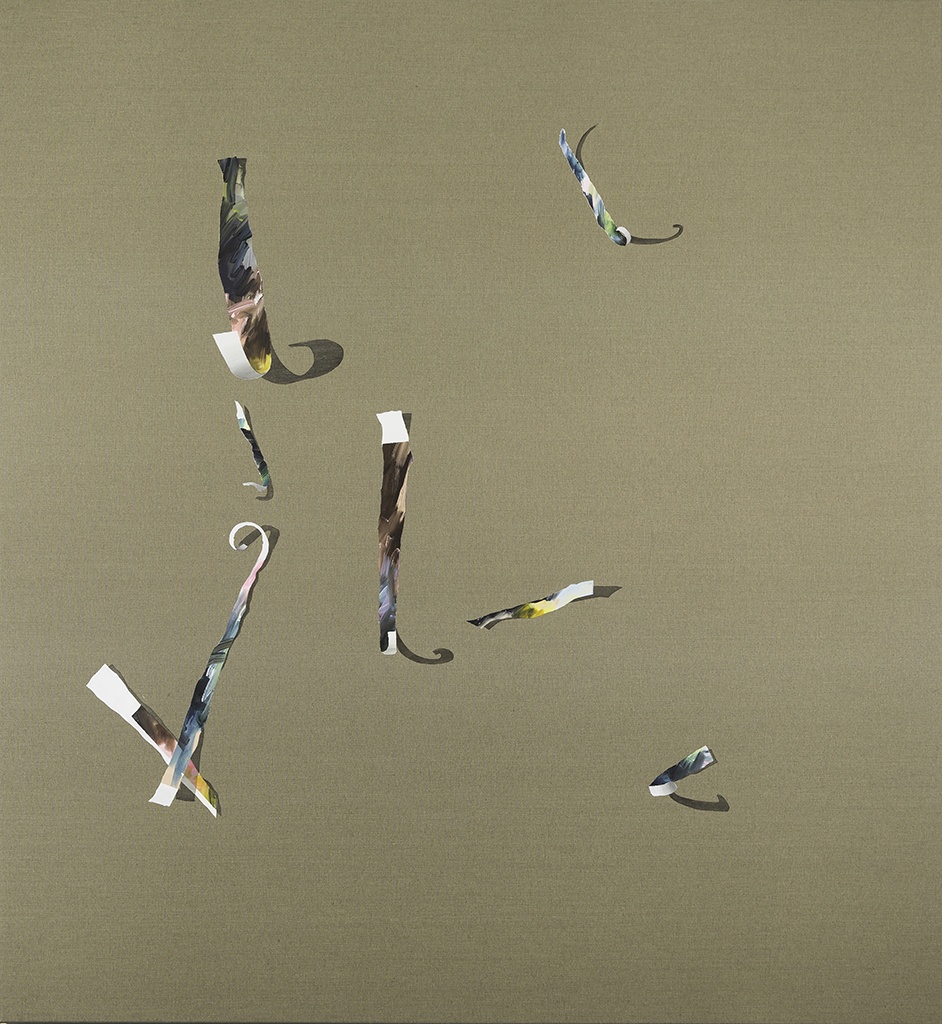
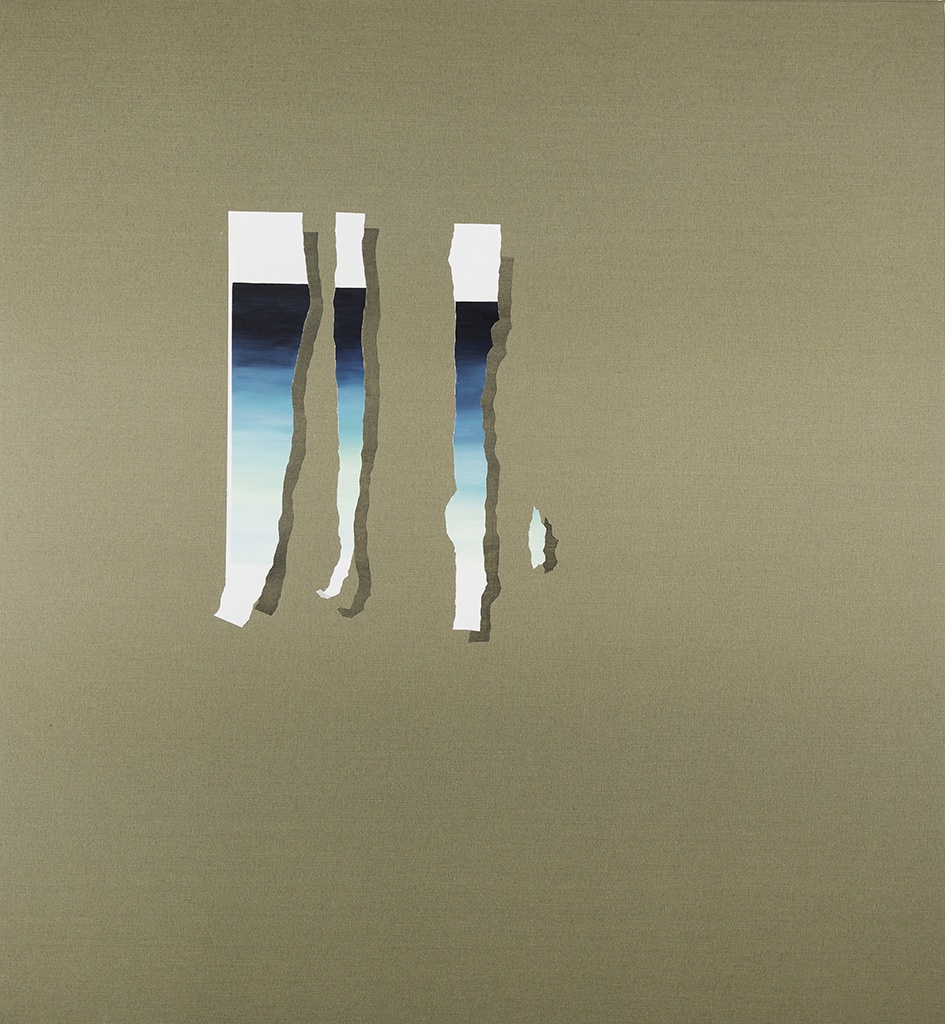
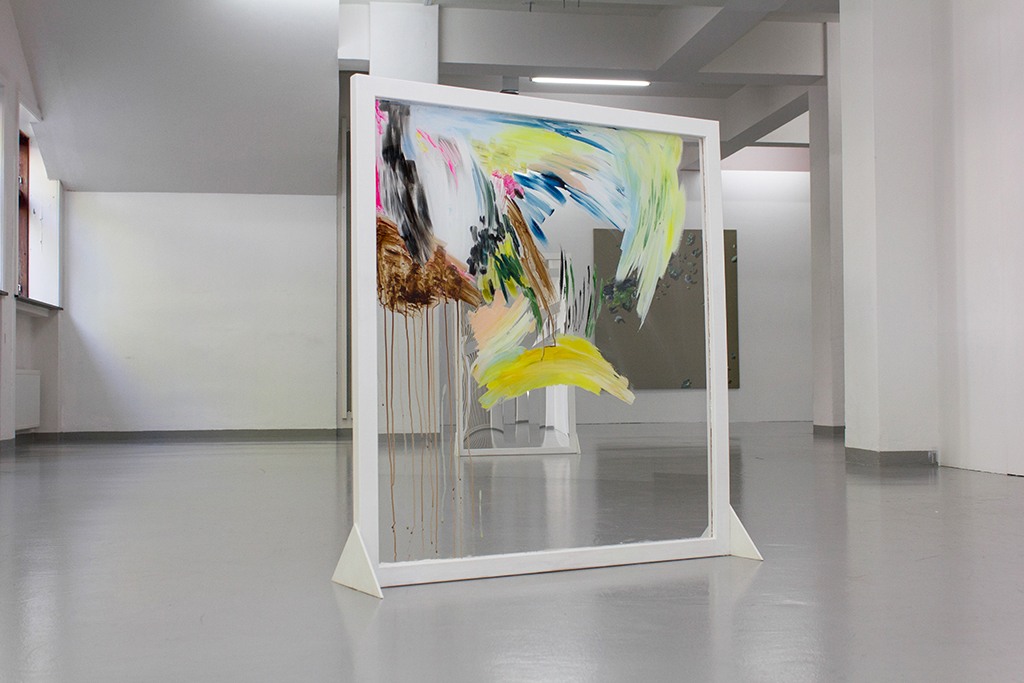
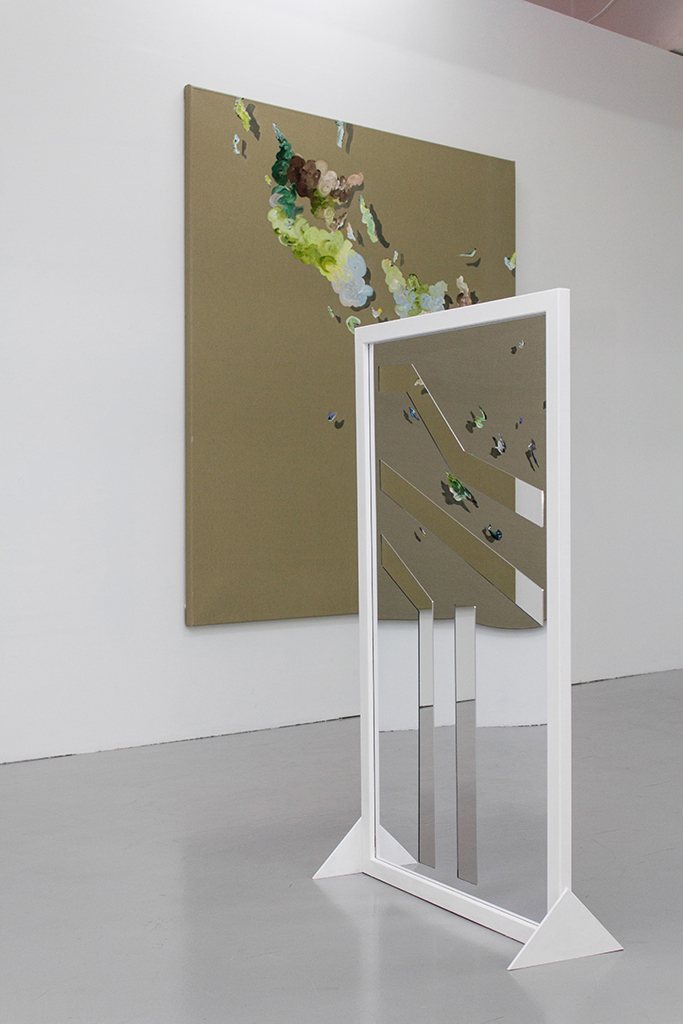
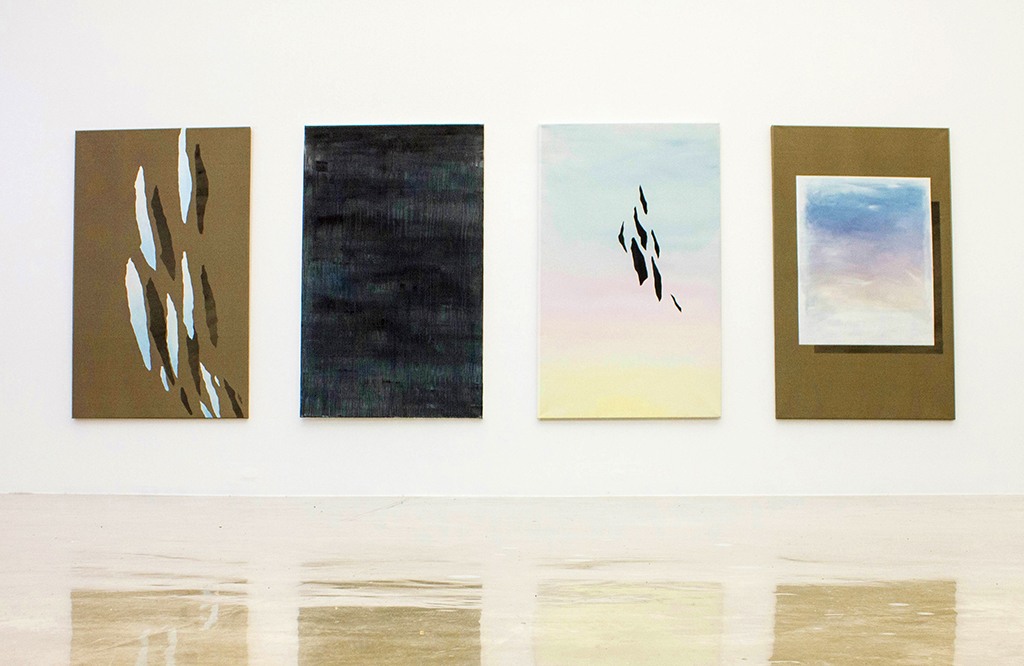
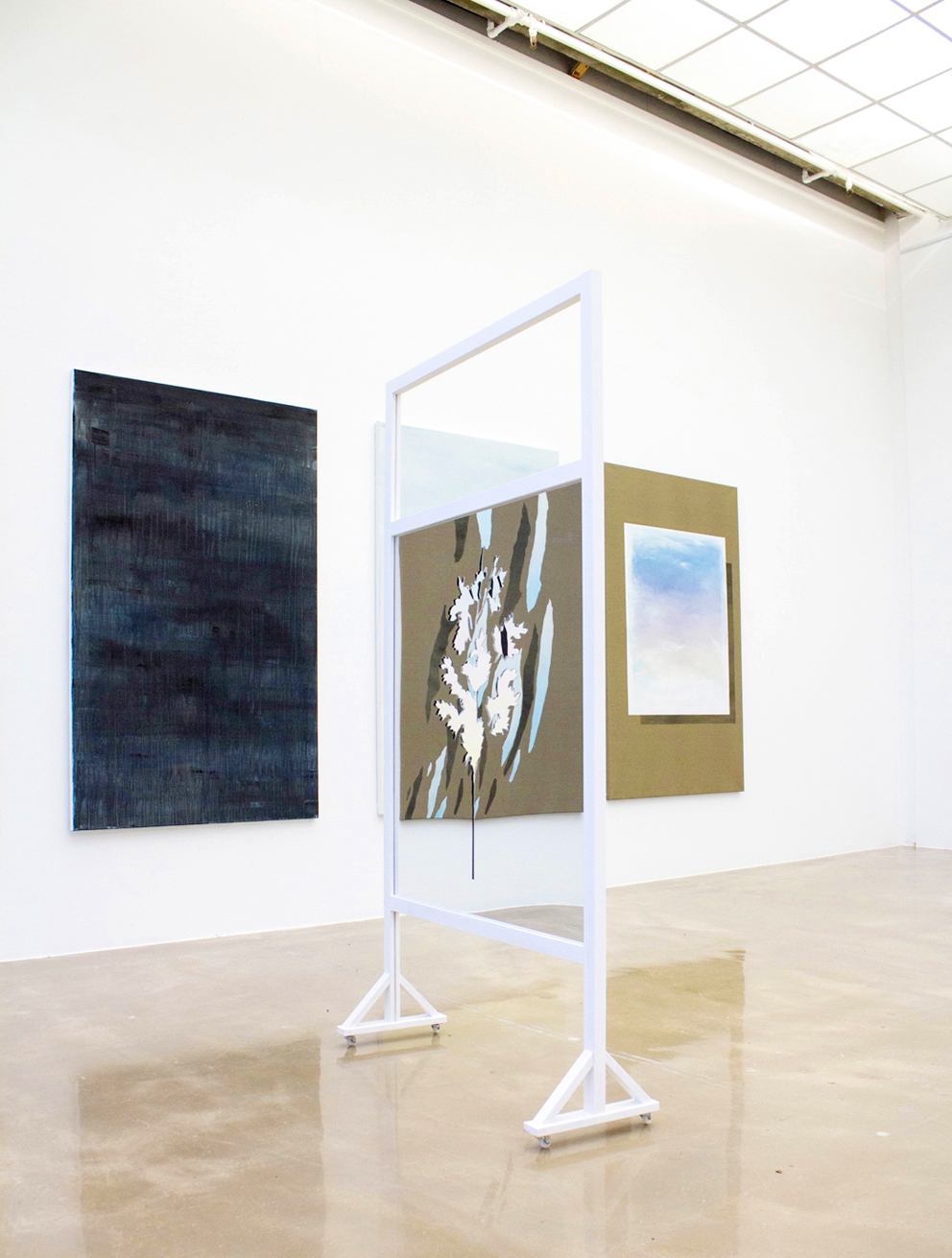


HJ: You often work with a variety of media including painting, sculpture, textile and performance, as well as moving between conceptual elements such as abstraction, illusion and trompe l’oeil, and the movement between two and three-dimensional space. How do you consider your artistic practice in term of art historical lineage, and are there any artist or movements that have influenced your work?
IT: I like to have an open and diverse process, where I can toggle between different media and different genres. I have been influenced by many different directions in art history, including trompe l’oeil artists from the 1600s who were interested in painting motifs like the back of a painting, or Magritte’s paintings in which he displaces space and our understanding of the image. Currently, I am particularly inspired by Matisse’s paper cut-outs and Rauschenberg’s amazing performance and scenographic works.
I do not think of myself as either an abstract or figurative painter, but rather one that embraces painting, and I like to show the back of the works and in this way make the physical construction of the painting visible.
I also work closely with the dancer and choreographer Therese Markhus in different performance projects. I find it incredibly useful to work together with others who do not necessarily belong to the field of visual arts. It helps to open up my work so that I can see it from new angles.
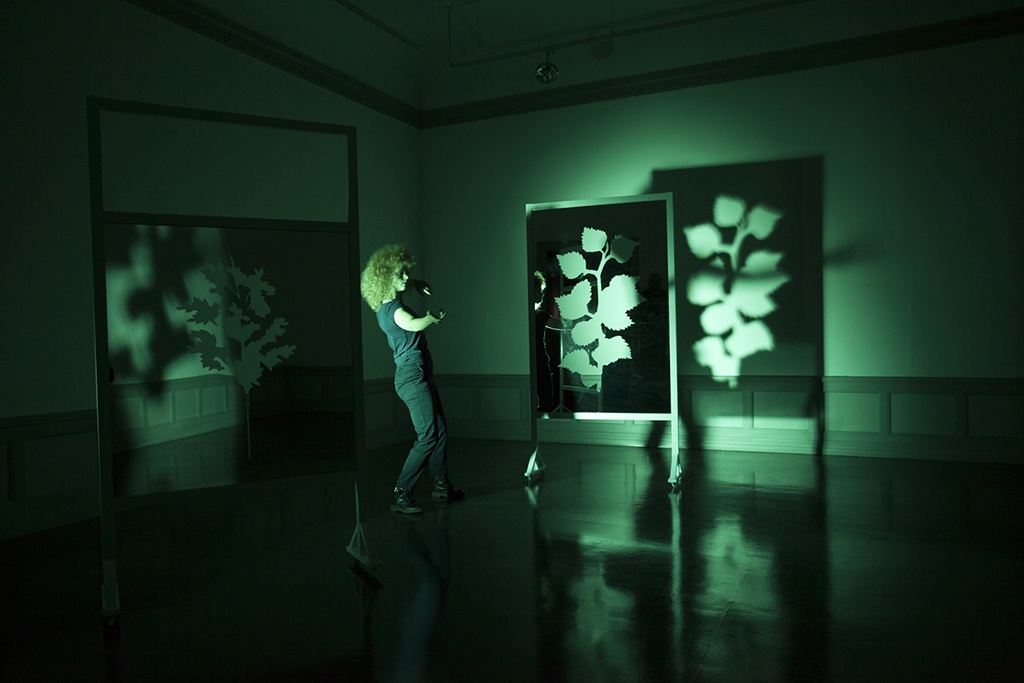
HJ: Regarding content, your past work has often revolved around nature – both wild and cultivated. Is this a narrative you are still pursuing, or has the focus of your work shifted in recent years?
IT: I do not think of nature as a main theme of my work, but rather more like a backdrop for everything I do. I’m more interested in nature as an uncontrollable force, with violent fluctuations in water, air, light and shadow. From the deepest darkness to the most beautiful nuances.
I am also fascinated by the contradictions between things that pass in a flash and are gone, and those that have been and will remain for a long time after we are gone, as if nature is the stage or backdrop for our short lives as we unfold here. I also think that liminal space is a key consideration for my work – the gap between surface and depth, between small and large, or between inner and outer experiences. As an artist, I expose my inner thoughts, bring them out in the real world/into reality and make them visible to others.
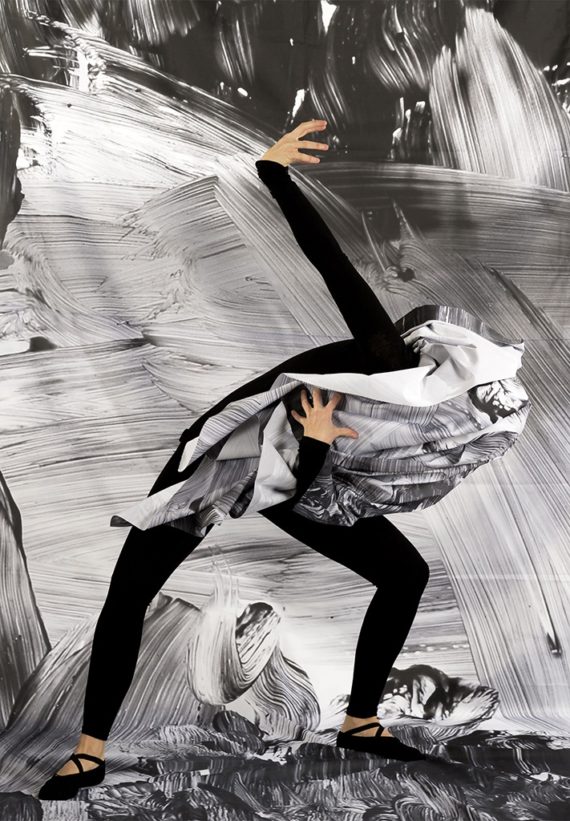
HJ: Your work as been described as melancholic, romantic, and aesthetically beautiful. As a viewer, I feel the artwork first physically and perhaps emotionally before critically, as if the focus is on the feeling of an experience (ie. viewing a garden, walking in nature, etc.) rather than on visual representation. Although there are obvious art historical and conceptual references in your work, do you place a conscious emphasis on feeling and emotion over a more academic approach in your artistic process?
IT: I think the most interesting art often occurs between the rational and the irrational, between sensation and logic. I like when there is a kind of displacement or confusion in the surface of the work, where one gets a little unsure of what one sees. For me, the motivation to make art is basically based in emotion. The making of art is about finding a language that can transform the feeling/mood for something visual or experiential. In the performance work I do with Therese Markhus, we use all instruments at once: light, shadow, movement and music. Therefor they are often very evocative and lyrical works.
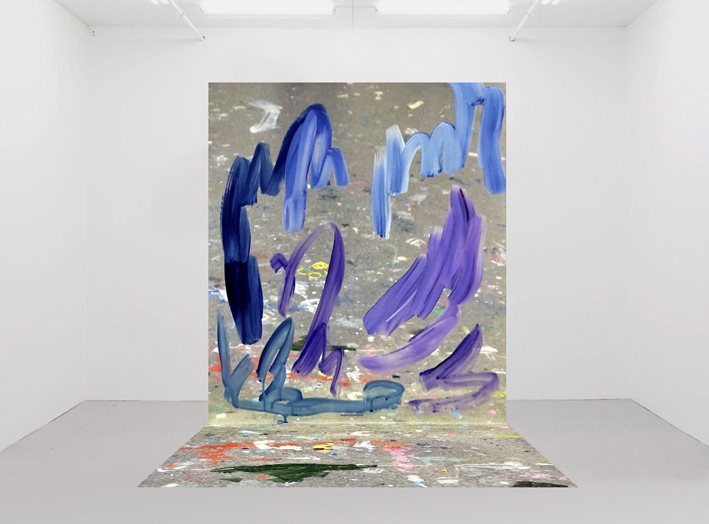
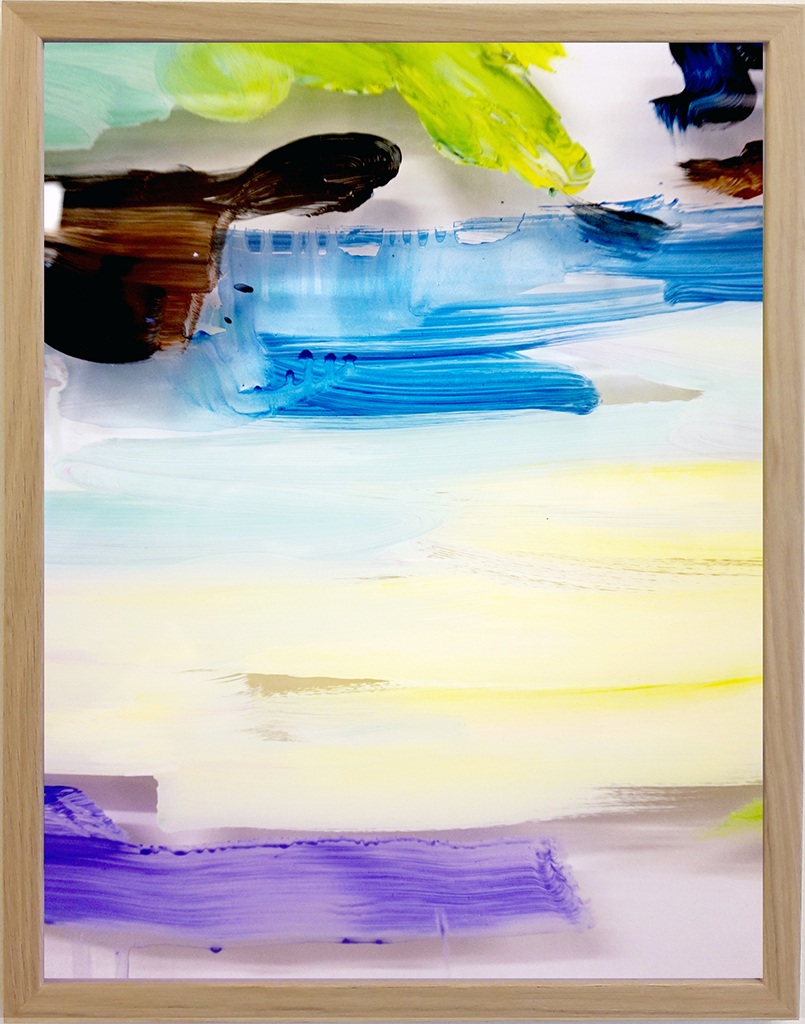
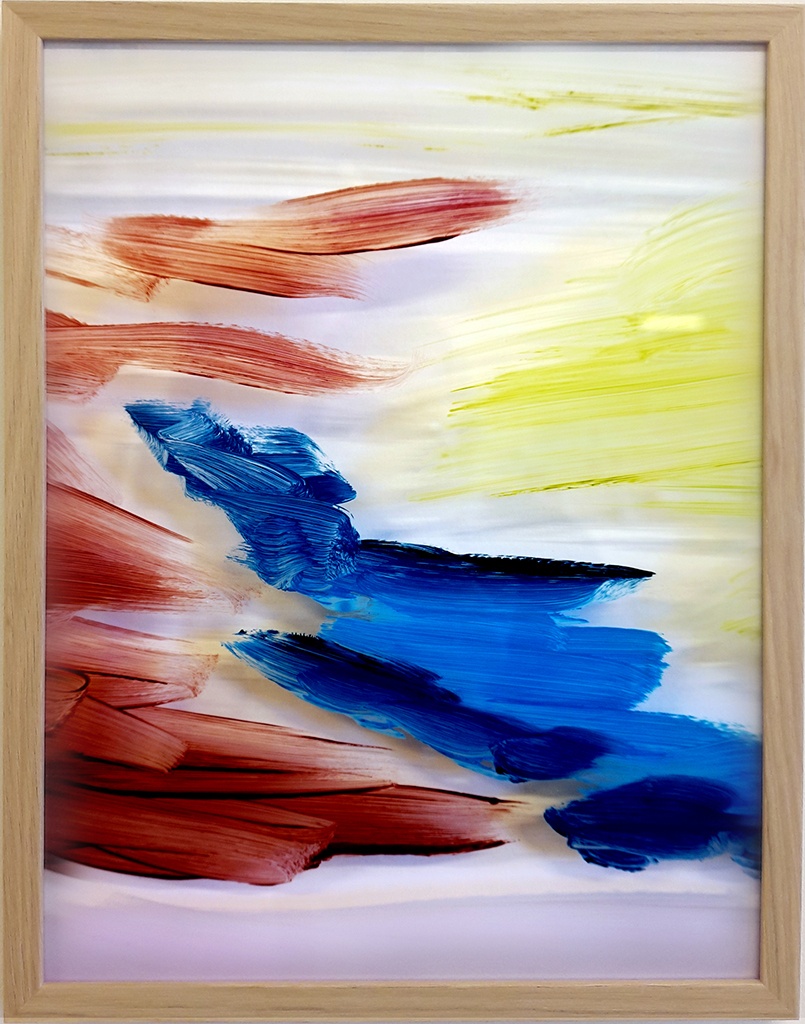
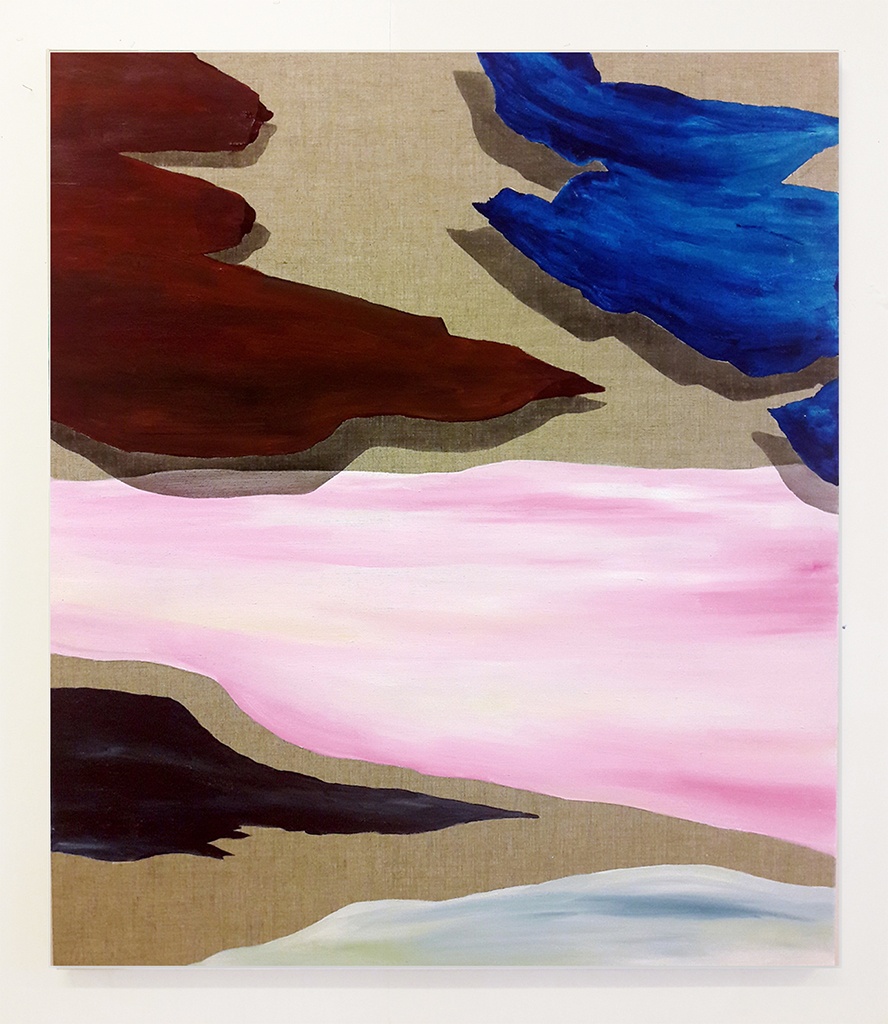
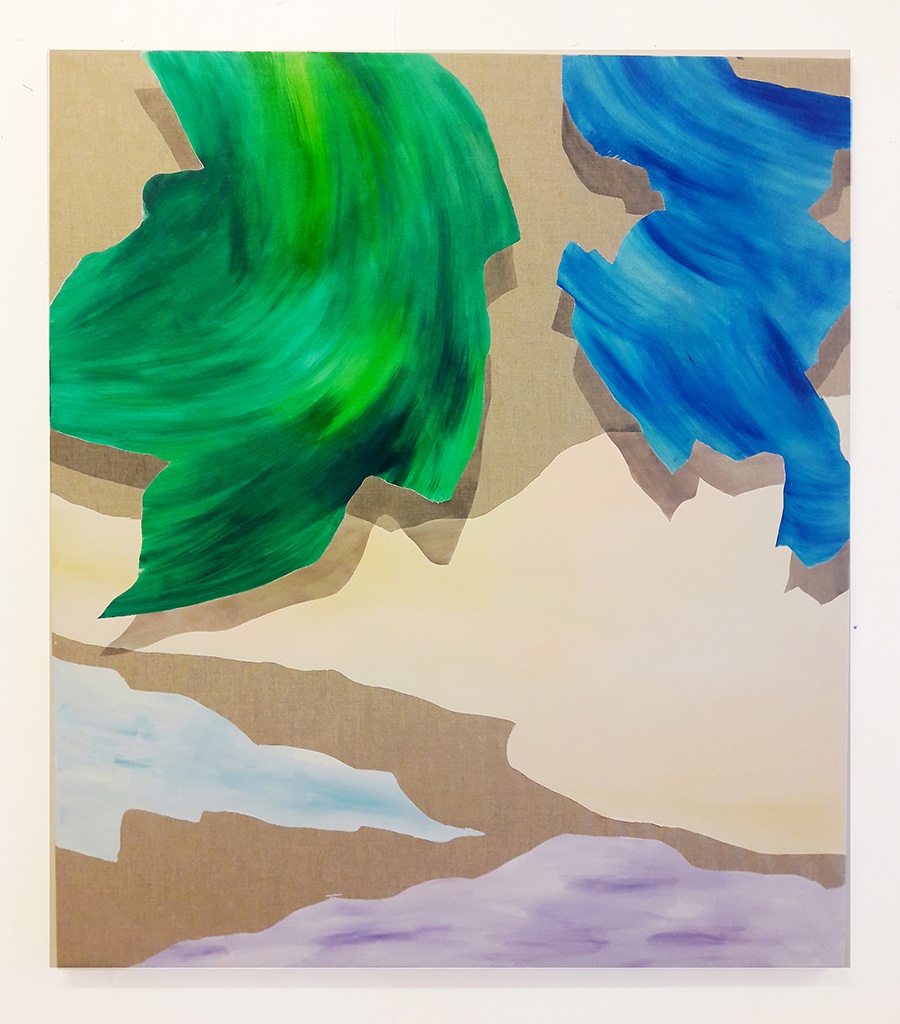
HJ: I understand you’re creating a new piece for this year’s Vestlandsutstillingen. Can you describe this piece for us, and tell us about any other upcoming projects you’re currently working on?
IT: The work is entitled “Confident expectations of something” and is a photographic still life in which I’ve worked with spatiality and illusion in the surface of the work. The photograph is printed on a large textile hanging from the ceiling and draping onto the floor. The physical experience of the work is important to me. I want the viewer to be captured by the image and wonder what they are in fact seeing. The work partly refers to painterly issues of surface vs. three-dimensional space, reality vs. illusion, abstraction vs. representation.
In the studio I am currently working with multiple projects in parallel. One project is a series of photographs and objects where I look at issues related to my own artistic process and the self-portrait as an art historical reference. The series is titled With Eyes Closed (self-portrait), which is taken from the photographic self-portrait René Magritte with His Eyes Closed (1928), and explores the space between the inner and the outer. In these artworks I photograph glass paintings that are placed away from the wall. This way I get multiple layers of depth and meaning onto one surface: the shade of paint strokes on the wall, paint strokes on the glass and the reflection of my own reflection in the paint. I’m also working with objects in glass or mirror that are circling around the same theme. In addition, I’m working on a series of paintings on canvas in which I try to abolish the two-dimensional surface by painting illusions of shade.
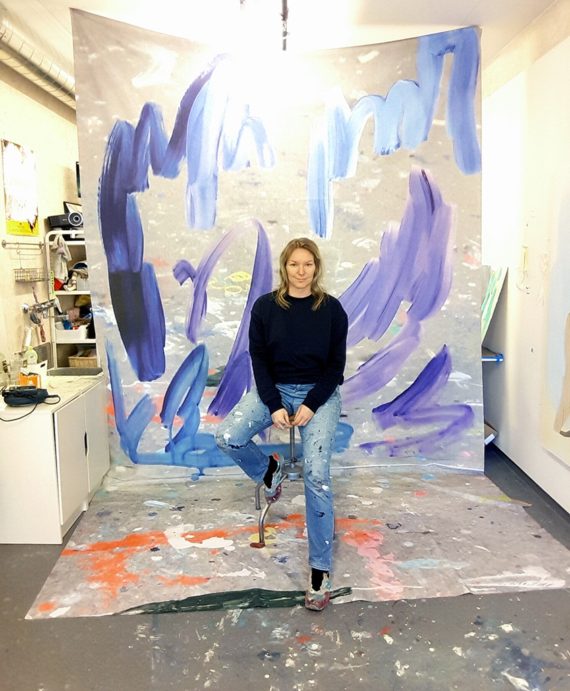
Ingrid Toogood is an artist living and working in Stavanger, Norway. She studied in Oslo and received an MA from The National College of Art and Design (2002). Her most recent exhibitions include Lauv du er (2016), Tm51, Oslo; How to Make A Garden? Frida Hansen and contemporary art (2015) at Stavanger kunstmuseum; You Are Beautiful. You Are Alone (2015), Kristiansand kunsthall; Memories From A Garden (2015), performance at Kunsthall Stavanger; Gest (2014), Kinokino, Sandnes; and Evening Falls Flat (2013), SOFT galleri, Oslo.
To learn more about Ingrid Toogood visit her website, here.


